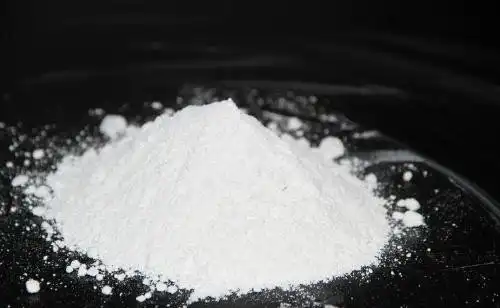The performance of any substance is related to its production method and formation process, and magnesium oxide is no exception.
1. Influence of production method
There are many methods for producing magnesium oxide, such as brine-soda method, seawater-lime method, dolomite, magnesite-carbonization method, brine-carbon ammonia method, etc. Different methods result in different product structures; but no matter which method is used, the production process directly affects the activity of magnesium oxide.
2. Influence of process conditions
Take the activity of magnesium oxide obtained by calcining basic magnesium carbonate as an example: different process conditions will result in different activities even if the content of magnesium oxide obtained is the same.
The optimal calcination conditions for basic magnesium carbonate are: temperature 650℃, time 2h, at this time: iodine absorption value is 150-160mg h/g, content is 90%, and highly active magnesium oxide.

In actual production, since the calcination temperature of the traditional calcining furnace is not easy to control, the operation cannot be completely carried out according to the process, and the activity of the magnesium oxide obtained is quite different. This is why the manufacturer remains unchanged, but the quality still fluctuates.
In addition to its activity, magnesium oxide also has an indicator that people don’t pay attention to, which is particle size! Israeli magnesium oxide does not have a coarse particle size, while domestic magnesium oxide must be introduced into a small amount of coarse particles during the production process, which makes it difficult to improve the tensile strength of vulcanized rubber. From the outside, domestic magnesium oxide is larger in volume, and is larger in volume than Israeli magnesium oxide of the same weight. It is lighter on the surface, but its tensile strength is not high. This is the reason.
Inactive magnesium oxide is just an inert filler and cannot play the role that magnesium oxide should play in rubber. In response to this situation, Hebei Messi Biology Co., Ltd. independently developed and produced high-activity 120 and 150 magnesium oxide, which broke through the problem of large volume of domestic magnesium oxide in the past. This small-volume, high-activity magnesium oxide can greatly improve the tensile effect of rubber in rubber, laying a solid foundation for the rise of the Chinese magnesium salt brand!
